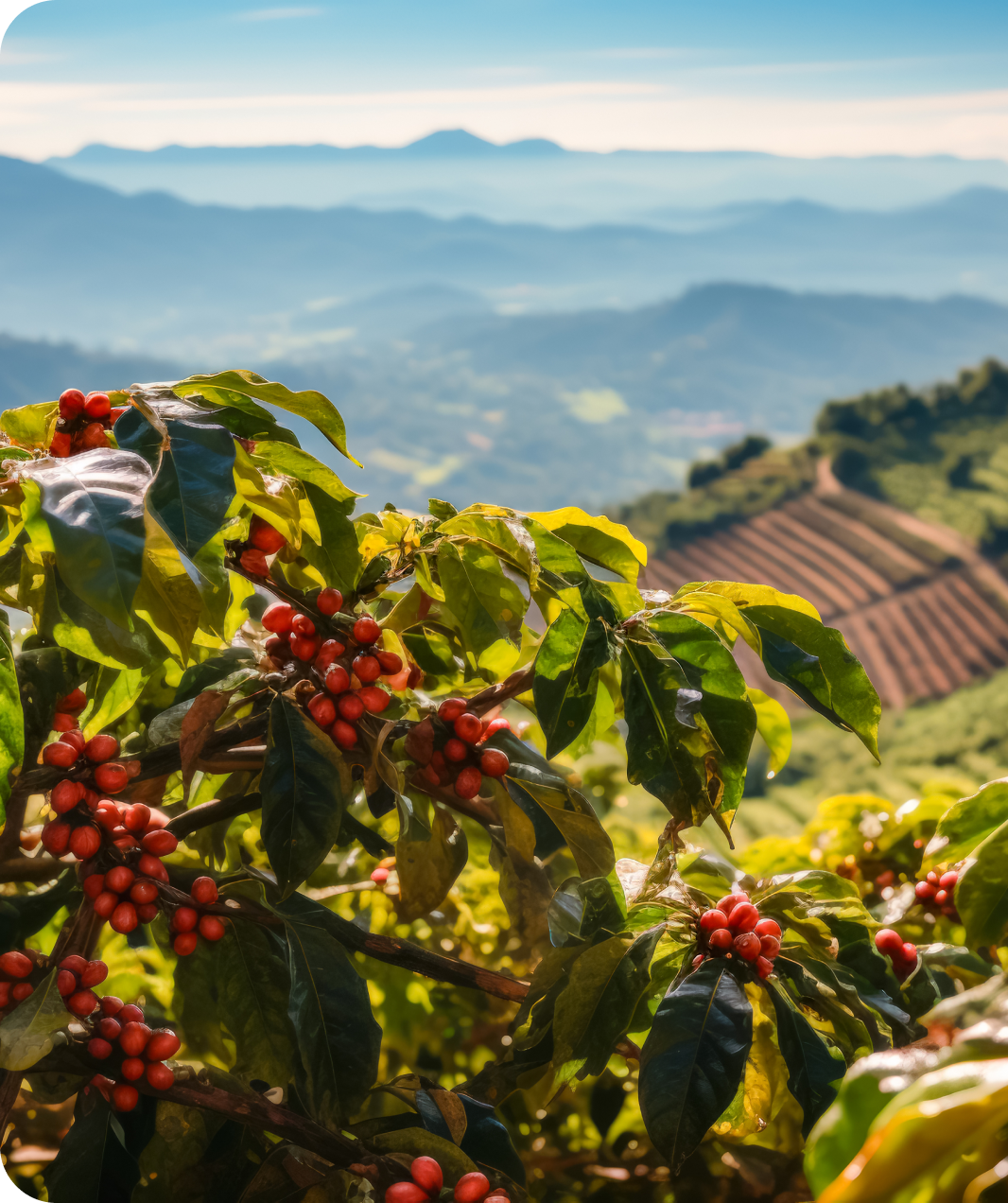Bean Exchange Sourcing
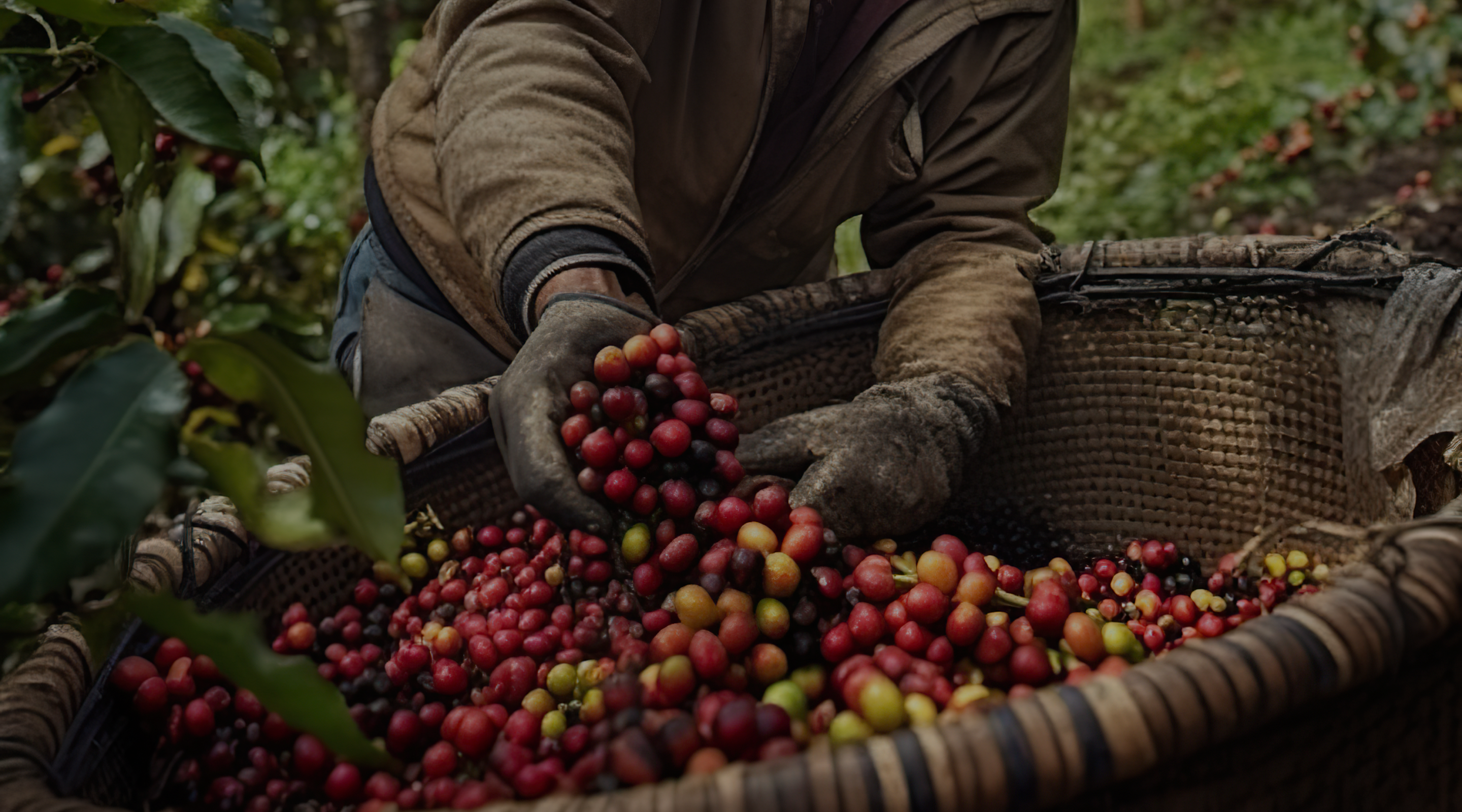

Excellent green coffee is required to produce excellent roasted coffee. Our sourcing model is built around partnerships with great coffee producers and in depth agronomy analysis of every farm we work with. We invest in those we work with and we partner for the long term. Collaboration and cooperation with farmers and producers is paramount to the success of everyone involved. As a company that participates in farm level sourcing, we have an intimate understanding of everything it takes to grow and harvest quality . Our work begins at the end of a long and painstaking process of farming, milling, and transporting the coffee from origin all the way to customers.

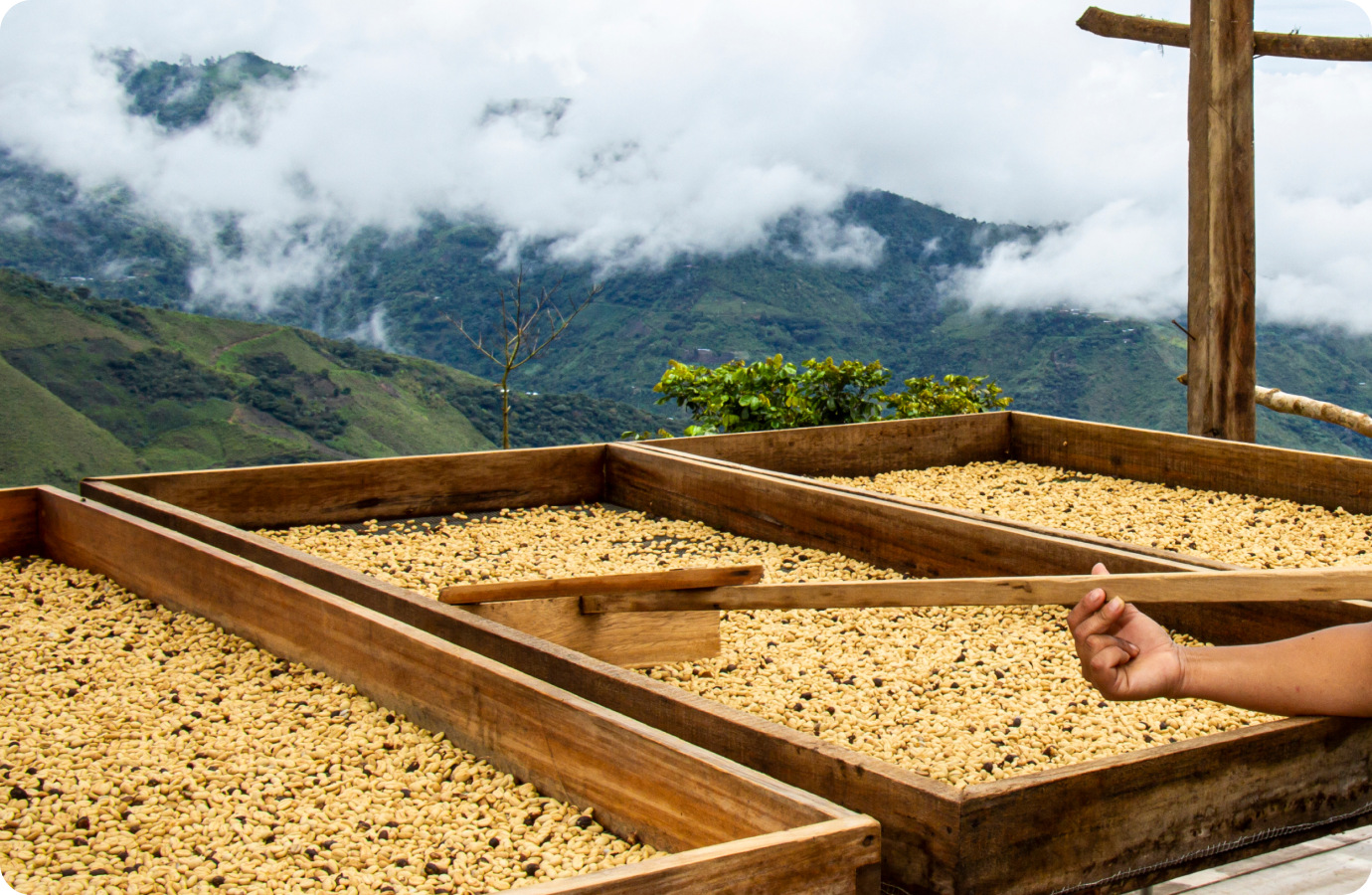
Not only does each region we source coffee from have a widely diverse collection of growing conditions, but they also have drastically different political, geographical, economic, and supply chain influences. This reality changes certain dynamics in certain places, requiring us to be flexible and attentive. We recognize that there is not one single way to develop partnerships with producers. Instead, we must treat each uniquely. We don’t assume that the same model will work with every situation, and willingly go the extra mile to build a relationship that is mutually beneficial for both us and our producers. Bean Exchange is committed to long term producer relationships as we source top tier single origin coffees world wide.
A full agronomy audit is conducted at the farm level with our producers. This lets us know that a farm can objectively produce the quality of coffee that we’re seeking year in and year out. It also allows us to build long term relationships with producers that stand the test of time. Our sourcing must represent what makes our niche in coffee special: time, work, honesty, and preparation.

At Bean Exchange we listen closely to the wisdom of agronomists who as experts in the science of soil and soil management contribute appreciably to our coffee farmers’ success. A trained agronomist well understands that specific conditions are needed for growing healthy coffee: climate, elevation and soil all work together but perhaps key is soil quality. Farmers with access to an agronomist are always better prepared to manage the health of the soil and handle pests and optimize their yields.
PNG coffee industry reviewed its present grading system which has now resulted in a more uniformed scale for grading.
In addition to this it now means the Industry has new grading standards and protocols which have resulted in outstanding consistency.
A is the highest grade, then Ax followed by B and then Y, Y2 and finally, Y3. Screen size naming has also been changed to reflect global standards.
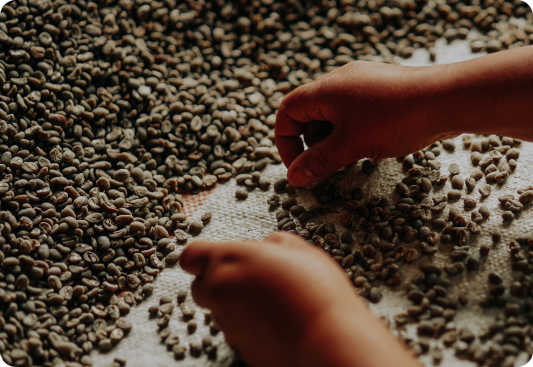
A grade lots are marked by a balanced, uniform & clean cup. Body and acidity are distinct with rich fragrances and aroma.
B Grade lots have a clean cup that is regular & uniform. In the cup, the body is pronounced with distinct fragrance and aroma and medium to high acidity.
Y grade lots are mostly uniform with good acidity and body. The cup has good fragrance and aroma and some fruit and wine notes.
Y2 is defined as having an “irregular cup profile; fair acidity and body; no foul or foreign off flavor”
Y3 is defined as having “no foul or foreign off flavor”
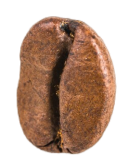
AA IS NOW 18+
Meaning that beans are larger than 7 millimeters
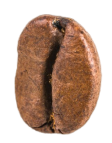
A IS NOW 17+
Meaning that beans are larger than 6.75 millimeter

AX IS NOW 15+
Meaning that beans are larger than 6 millimeters

X IS NOW 15
Meaning that beans are approximately 6 millimetres

Y IS NOW 14+
Meaning that beans are larger than 5.5 millimeters
something resulting from the farm and from nature.
something from mishandling or missteps in the process of removing seed from fruit.
before the coffee ever gets to a roastery while it’s sitting in the bag, on a truck or in storage.
Fragrance
Aroma
Acidity
Body
Flavour
Aftertaste
Balance
Sweetness
Uniformity
